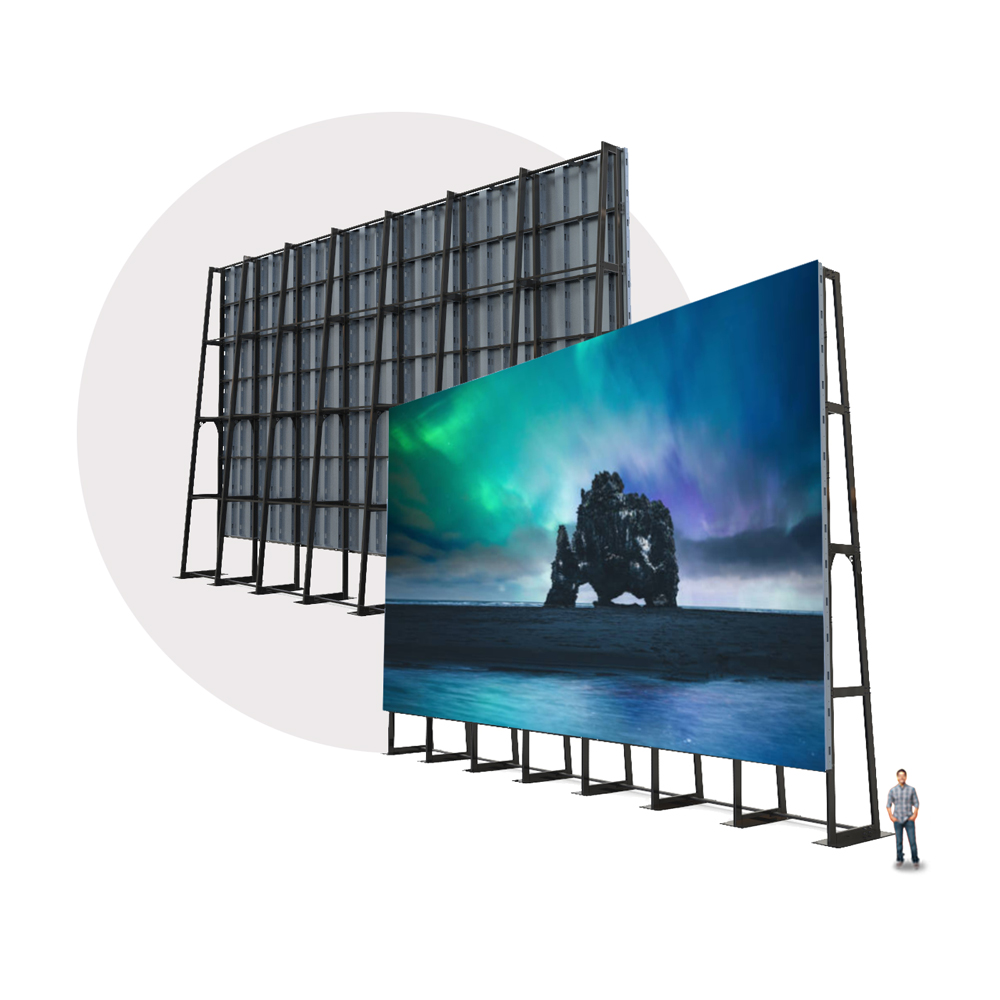Grasping the Typical Causes of Light Emitting Wall Display Failure
Wiki Article

Light Emitting Diode panel screens are widely used in various settings, ranging from advertisements to home cinemas. These screens are popular because they provide vivid and dynamic images while being energy-efficient. However, like all electronic gadgets, LED panel panels can experience failures. Understanding the common reasons of these failures is crucial for preserving their performance and ensuring durability. This article examines several critical elements that can contribute to the failure of LED panel panels.
One of the most common causes of failure in LED panel screens is excessive heat. LED technology generates heat during operation, and if this heat is not adequately controlled, it can harm internal parts. Poor airflow or insufficient cooling systems can worsen the problem. When the temperature increases beyond the recommended levels, it can lead to diminished brightness, color deviation, or complete failure of the screen. Regular care, including cleaning air vents and ensuring proper ventilation, can help avoid overheating and extend the life of the screen.
Another major factor contributing to LED panel panel failure is electricity surges. Variations in the electric supply can result in damage to electronic components within the panel. Sudden spikes in voltage can lead to blown fuses or damaged circuits, leading in non-functional screens. Using surge protectors and power regulators can reduce this threat by normalizing the electricity supply and safeguarding sensitive digital parts. Making sure that the electrical infrastructure is up to standard and capable of handling the electricity needs of the screen is also critical.
External factors play a vital role in the functionality of LED wall panels. Exposure to extreme temperatures, humidity, or debris can adversely impact their functioning. For example, high moisture can result to moisture buildup like this inside the panel, which can result in short circuits or damage of internal parts. Similarly, too much dust build-up can obstruct ventilation and result to overheating. Placing LED panels in controlled environments see this site and frequently cleaning them can help maintain optimal performance and prevent failures.
Additionally, manufacturing defects can lead to early malfunctions in LED wall panels. Quality control during production is crucial to guarantee that each panel meets industry standards. Defective parts or poor assembly can lead in issues such as inactive pixels or irregular brightness. It is important for buyers to purchase LED wall screens from reputable brands that provide guarantees and service. This guarantees that any potential defects can be addressed promptly, minimizing downtime and annoyance.
In conclusion, understanding the common reasons of LED panel panel failure can help consumers take preventive measures to guarantee their durability and performance. By tackling overheating, protecting against power surges, considering external conditions, and choosing quality products, consumers can greatly minimize the chance of failure. Regular care and awareness of these elements will lead to a better experience with LED panel screens, regardless for personal or professional application.